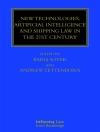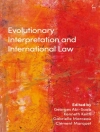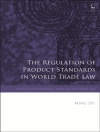The American middle class is currently in a state of jeopardy. We are in need of a powerful robust labor movement to reverse the economic inequality we are facing in the U.S.—and this may be our last opportunity in the foreseeable future to do so.
In How the Working Class Can Help the Middle Class: Reintroducing Non-Majority Collective Bargaining to the American Workplace, Charles Morris brings forth the compelling argument that the best means to restore economic balance and support for the American middle class is by promoting and reestablishing the long-forgotten process of non-majority collective bargaining. That process, which can be made available without further legislation, is based on extensive studies and widespread support for its legal foundation. How the Working Class Can Help the Middle Class also illustrates how employer opposition has stalled these efforts and why we must significantly move toward a revival of a strong and healthy labor movement to provide a better life for the middle class—now.
Om författaren
Charles J. Morris, Professor Emeritus, Dedman School of Law, Southern Methodist University, is an eminent authority on American labor law, especially the National La-bor Relations Act. He was the founding editor-in-chief and principal author of the first two editions of the definitive treatise on that Act, The Developing Labor Law: The Board, the Courts, and the National Labor Relations Act (ABA and BNA 1971 & 1983). He is the author or co-author of many books and articles on labor law, includ-ing The Blue Eagle at Work: Reclaiming Democratic Rights in the American Work-place (Cornell ILR Press 2005), which expounded the concept of member-only collec-tive bargaining.












